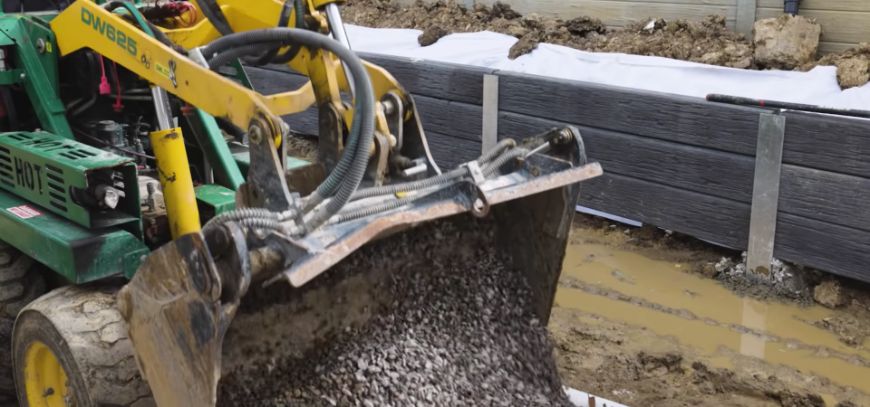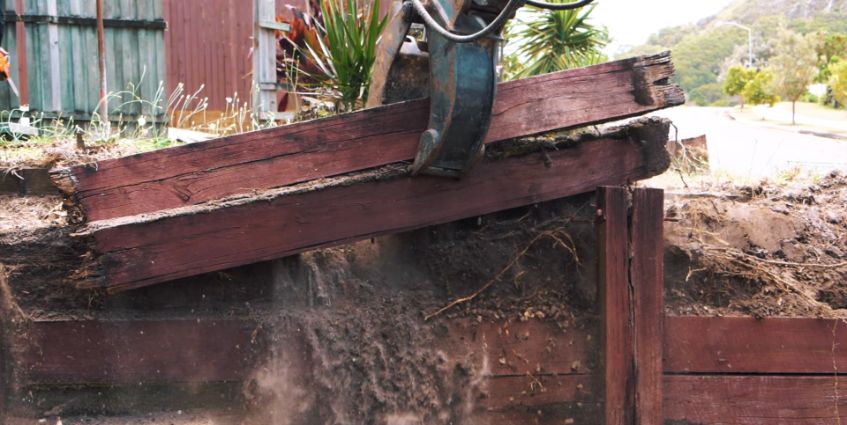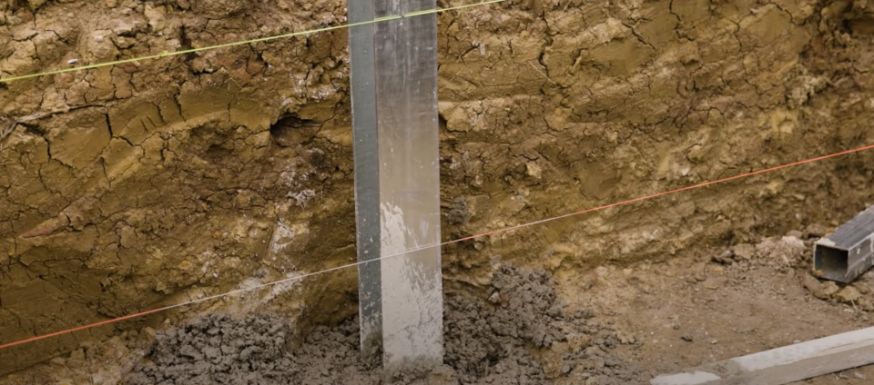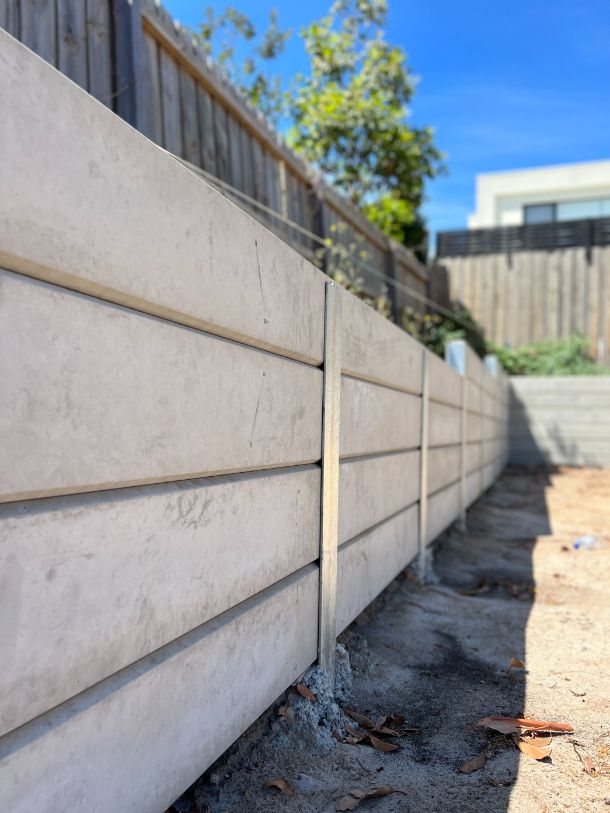Yes, you can DIY build a retaining wall. This is a structure that prevents soil erosion from causing problems in your yard. However, keep in mind that installing a retaining wall is a complex and time-consuming process. It’s important to think about it carefully before going ahead with such a project.
This article will answer the most commonly asked questions homeowners want to know when planning to DIY retaining walls in their properties.
Do I Need Drainage Behind a Retaining Wall?
Yes, you need to have drainage behind a retaining wall as keeping water from being around them is essential in preventing issues. The most common approach is using what’s called an ‘agg pipe.’
An agg pipe has holes that are designed to draw in storm water and redirect it toward an existing drainage system. Additionally, agg pipes reduce pressure in and around the retaining wall, which helps minimise erosion and settlement.

How Do You Backfill Behind a Retaining Wall?
To backfill behind a retaining wall, you’ll need to fill its base first with drainage aggregate such as scoria. Scoria is an igneous rock that is highly durable and effective in draining water from the soil.
Once scoria has been applied, you can then backfill the remaining space behind the retaining wall with soil.
Should I DIY build a Retaining Wall Over 1 Metre?
You shouldn’t DIY a retaining wall over 1 metre in height for a couple of reasons.
The first reason is that most states require a permit for a retaining wall above 1 metre. To obtain a permit, you’ll need a geotechnical soil report and an engineer to sign off on your construction project. Not only is this process time-consuming, but it will also be costly.
The second reason is that there are many factors to consider when it comes to retaining walls. Walls that go higher than 1 metre will require a professional’s insight and experience to ensure it stays structurally stable for years to come.

What Are the Best Sleepers to Use for a Retaining Wall?
The best sleepers you can use for a retaining wall are:
Timber Sleepers
Timber sleepers are a common type of sleeper used in retaining walls. These are the things you need to consider when choosing this type of sleeper material:
Advantages of Timber Sleepers
- Provides a natural charm that works well with many landscapes
- Timber sleepers are easy to install
- The initial cost of installing timber sleepers is lower than concrete
Disadvantages of Timber Sleepers
- Timber sleepers are prone to rotting, bending, and warping over time
- You’ll need to treat timber to make it more resistant to moisture
- DIYers are typically limited in the timber sleeper designs they can make

Concrete Sleepers
Another popular type of sleeper used in retaining walls is the concrete sleeper. The following are the things you should know about them:
Advantages of Concrete Sleepers
- Concrete sleepers are incredibly durable and can last for 50+ years
- They are impervious to rotting, bending, and warping over time
- Little to no maintenance is needed
Disadvantages of Concrete Sleepers
- Concrete sleepers aren’t easy to install and will require professionals to ensure they are set up correctly
- The initial cost of installing concrete sleeper walls is higher than timber
- Plain concrete sleepers can look bland
If you’d like more information about the process of building a retaining wall, please see this blog.

